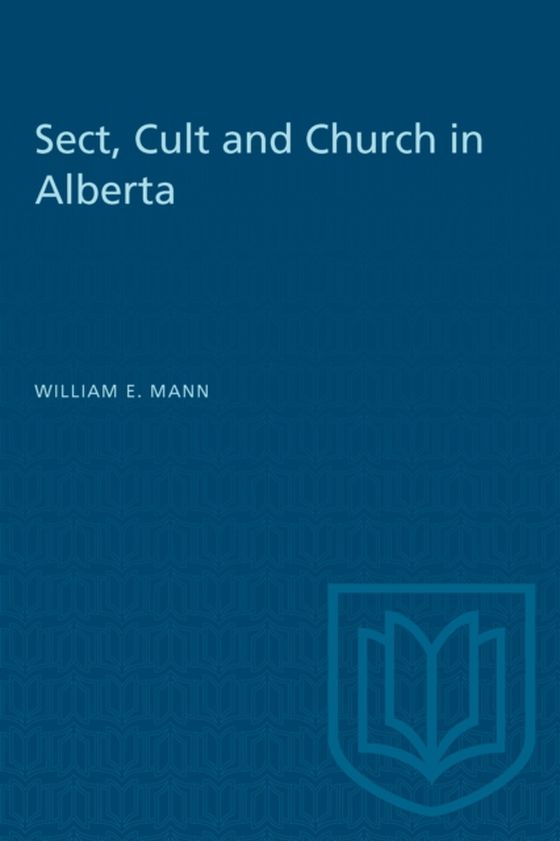
Sect, Cult, and Church in Alberta e-bog
209,76 DKK
(inkl. moms 262,20 DKK)
Nearly fifty distinct religious bodies exclusive of traditional churches existed in the province of Alberta when the author, a graduate student of sociology who was later ordained a priest of the Anglican Church, undertook his studies for this volume, the sixth in a series sponsored by the Canadian Social Science Research Council relating to the background and development of the Social Credit m...
E-bog
209,76 DKK
Forlag
University of Toronto Press
Udgivet
15 december 1955
Længde
180 sider
Genrer
HRAX
Sprog
English
Format
pdf
Beskyttelse
LCP
ISBN
9781487575830
Nearly fifty distinct religious bodies exclusive of traditional churches existed in the province of Alberta when the author, a graduate student of sociology who was later ordained a priest of the Anglican Church, undertook his studies for this volume, the sixth in a series sponsored by the Canadian Social Science Research Council relating to the background and development of the Social Credit movement. In the course of extensive research Mr. Mann encountered, among others, Drunkards, the I AM Cult, Mennonites, Mormons, Seventh Day Adventists, members of the Holiness Movement, spiritualists, Rosicrucians, theosophists, Hutterites, the Church of the First Century, Unite Truth. He based his study on the sociological theory that religious movements, in order to survive, must meet specific social needs. There was much community instability in a province undergoing a vast number of economic and social changes, whose population had jumped from 374,295 in 1911 to close to 900,000 by 1947, whose location isolated it from the traditions of the East and brought it close to the United States frontier, and which has experience successive booms in grain, oil, natural gas, and hard and soft coal deposits. During the 1920's Alberta was Canada's most fertile ground for political and co-operative movements. Through the farmers' movements a new faith was born and people were given something to fight for, although at the time the values emphasized seemed to be more secular than religious. With the coming of the depression disillusionment set in, and the author attributes much of the intense religious feeling of the period to an attempt to find some answer to the problems of the times. Social Credit, under William Aberhart, was bound up with fundamentalist religion, and the 1935 campaign has some of the characteristics of a religious revival, with the electorate regarding Aberhart first as a man of God and second as a politician. The book indicates the nature of the religious conditions in the province out of which the Social Credit movement grew. The author distinguishes between sects, those fairly orthodox Christian movements dedicated to recognition of New Testament Christianity and suspicious of ritualism and organization, and cults, which are bodies picking out isolated bits of Christian teachings and scientific or psychological facts to arrive at a new "e;truth"e;. Thus in a sense sects are "e;pre-scientific"e; and cults "e;post-scientific"e;. Descriptions are included of almost all the province's sects, cults and non-Roman churches, and information is taken from primary sources whenever possible. Sects, Cult, and Church in Alberta documents a disturbed population and its experiences with religion. It is valuable both for its factual descriptions and its religious and sociological insights.
 Dansk
Dansk

